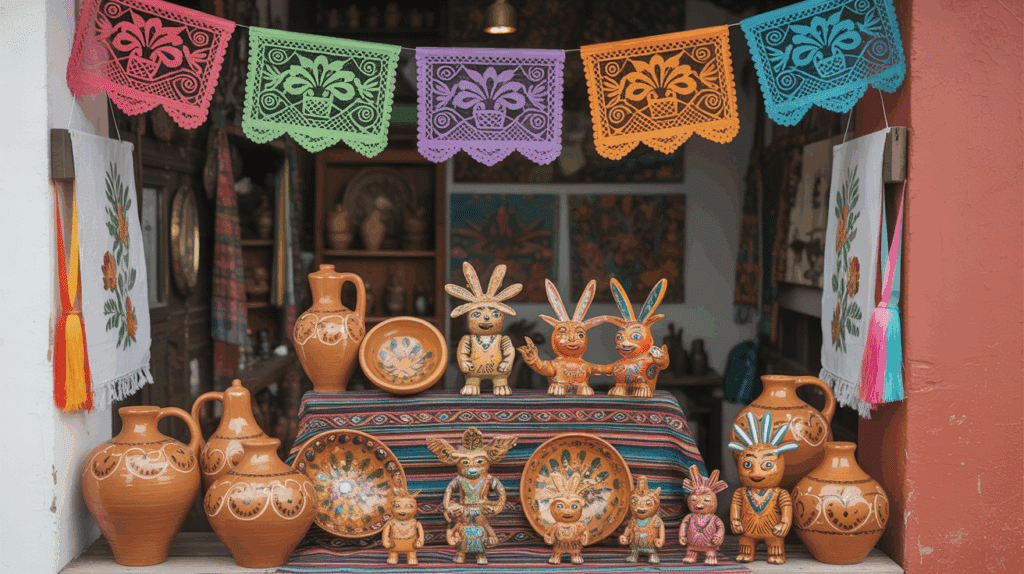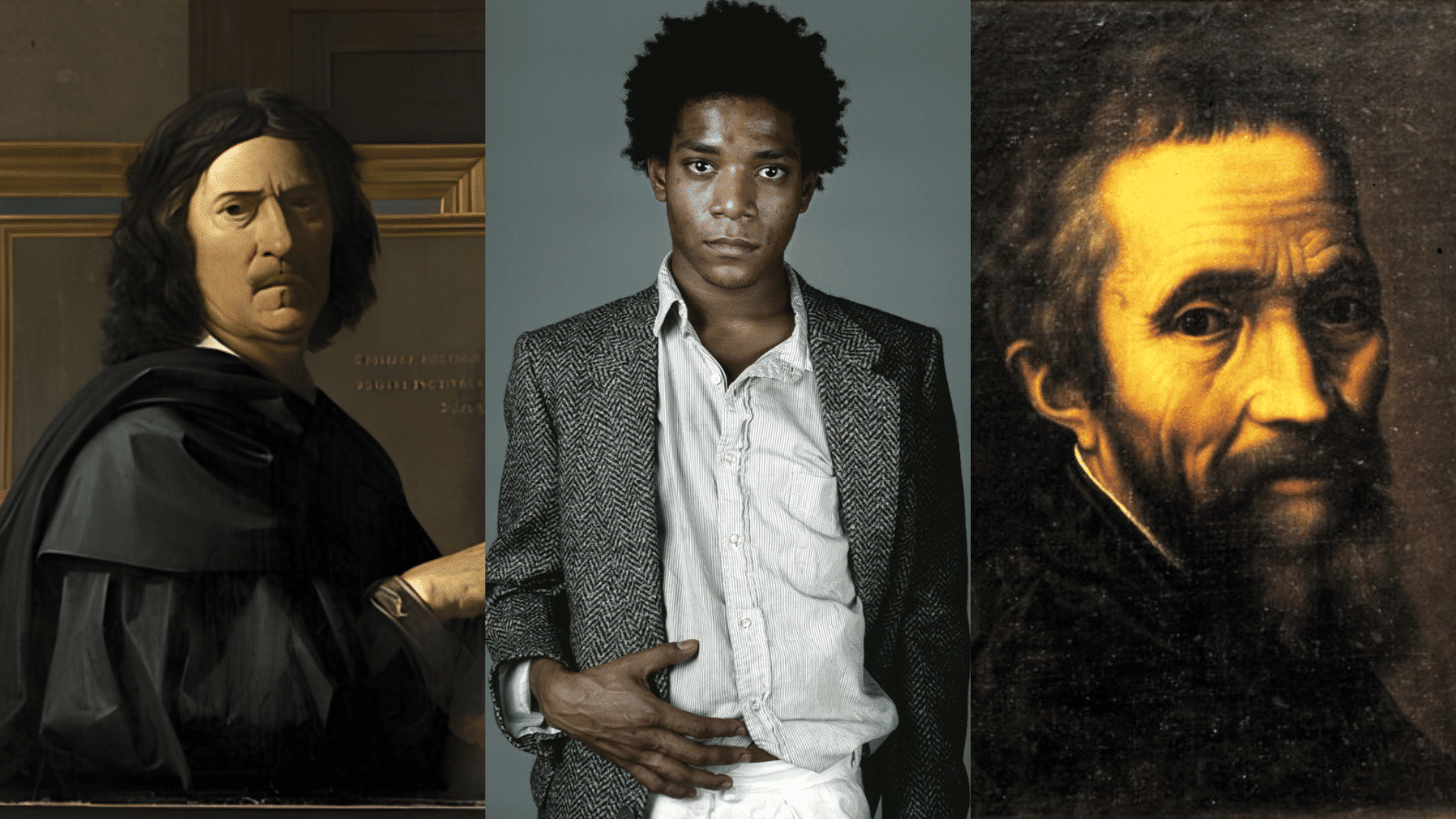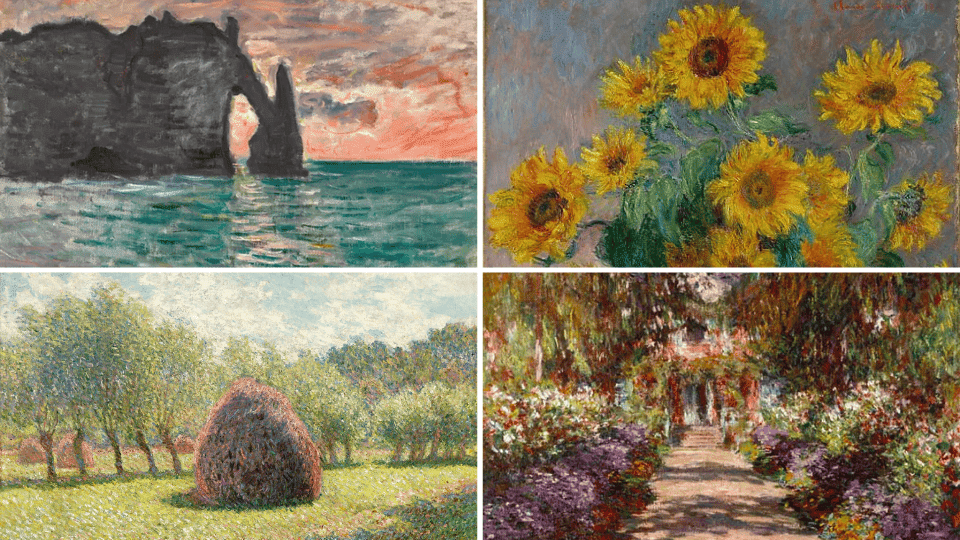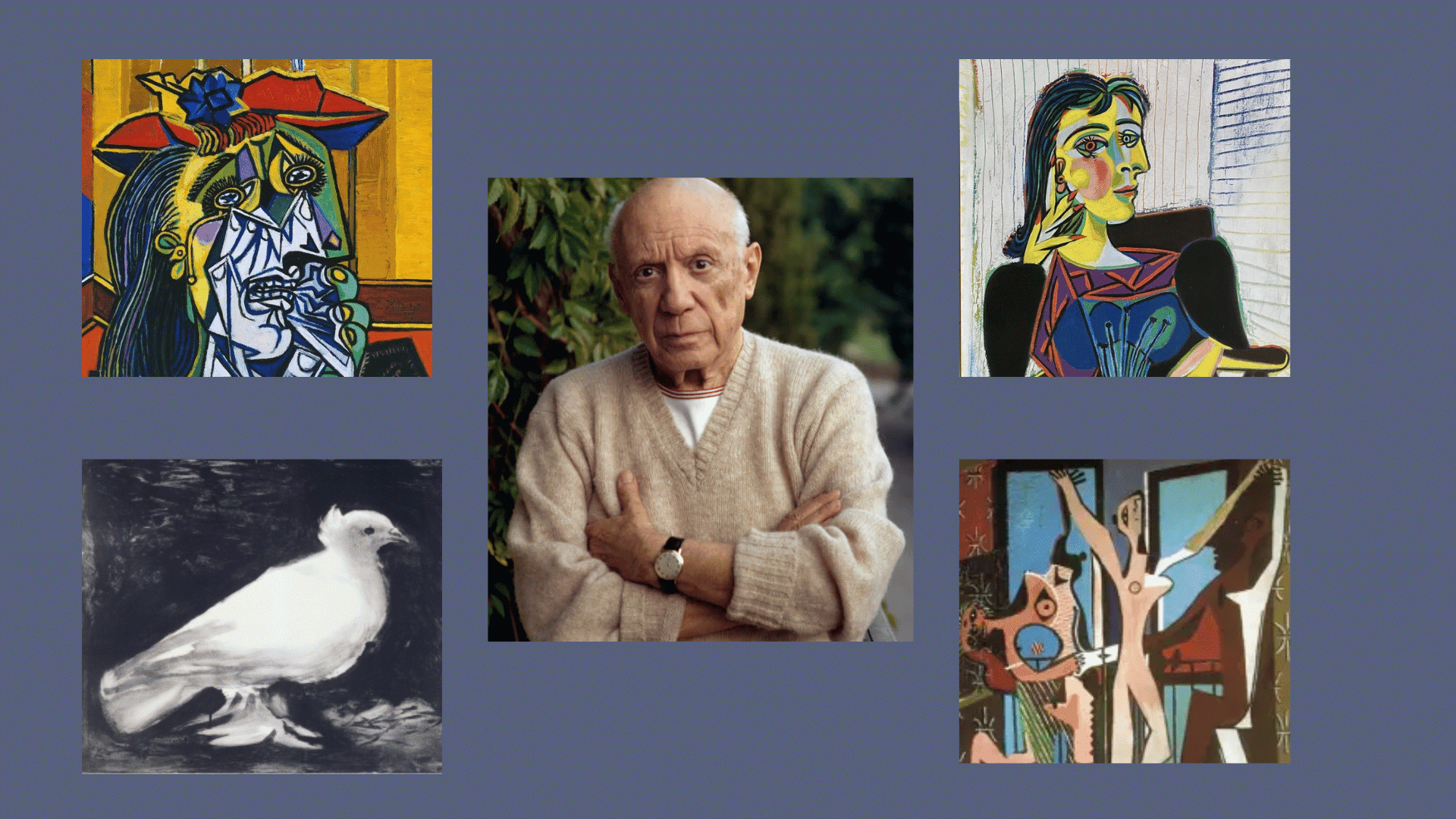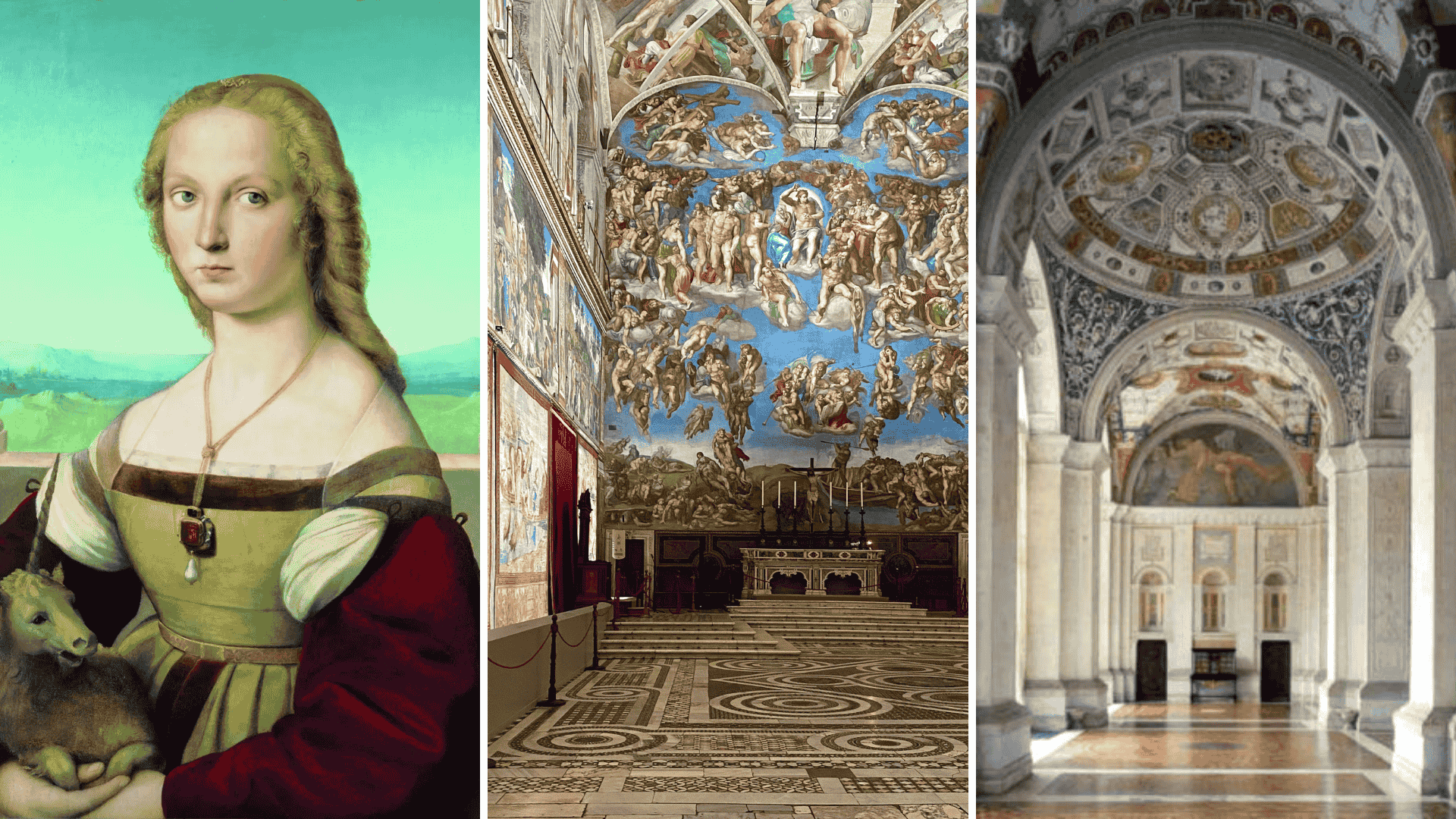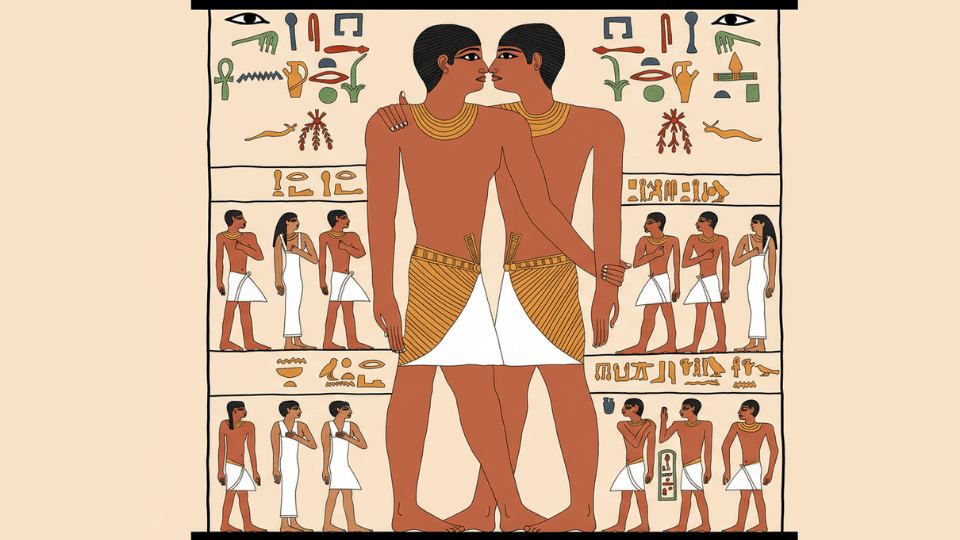Traditional Mexican art has a way of catching the eye with its bold colors and evergreen charm. From pottery and textiles to murals and folk crafts, it draws people in and sparks curiosity.
This art tells the story of Mexico’s past, rooted in indigenous heritage, colonial influence, and a culture that still endures today.
For anyone looking to understand Mexican art style, it offers more than beauty. It’s a window into everyday life, celebrations, and traditions that have been passed down for generations.
Readers will find themselves inspired not only to admire these works but also to appreciate the heritage and spirit they represent.
Defining the Mexican Art Style
The Mexican art style is known for its bold colors, rich symbolism, and themes that celebrate nature, faith, and community. It’s a style full of life, often weaving together history, spirituality, and creativity.
Common motifs include flowers, animals, mythical figures, and geometric designs. This style appears in various forms.
- Folk Crafts (Artesanía): From clay pottery and handwoven textiles to papel picado and wood carvings, folk crafts remain at the heart of traditional Mexican creativity.
- Murals and Paintings: Large, lively murals often tell stories of history, revolution, and social justice. They reflect the power of art as both a source of beauty and a vehicle for conveying messages.
- Religious Art: Small devotional works, such as retablos and ex-votos, capture expressions of faith, gratitude, and spiritual belief.
- Contemporary Adaptations: Modern artists blend traditional patterns with innovative techniques, preserving heritage while bringing Mexican art into today’s global scene.
A Historical Overview of Art in Mexico
Mexican art has traveled a long road, from ancient civilizations to modern expressions. Each era left behind styles and stories that shaped the country’s cultural identity.
Ancient Beginnings
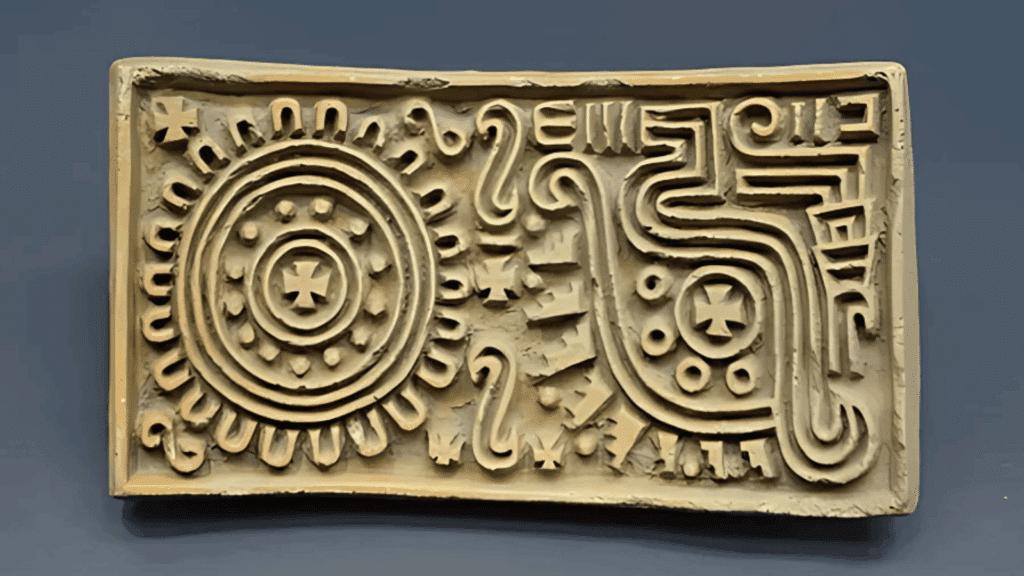
Source: study.com
The roots of Mexican art stretch back to civilizations like the Olmec, Maya, and Aztec.
Their works included stone carvings, temples, pottery, and textiles, each carrying spiritual or cultural meaning. Art wasn’t only decorative; it was tied to rituals, religion, and daily life.
Many of these designs, such as geometric patterns and depictions of gods, continue to inspire Mexican art today.
The Spanish Influence
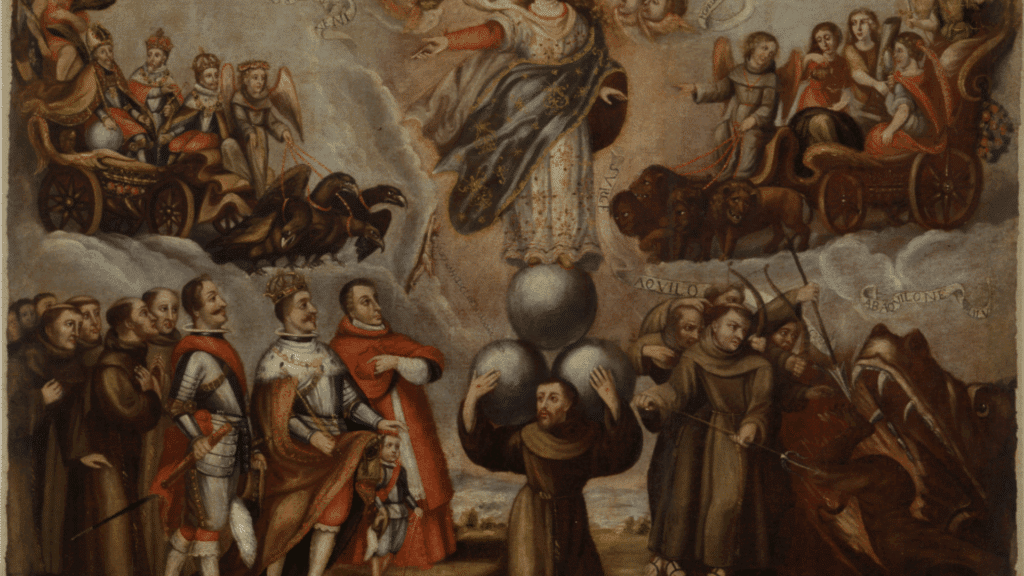
Source: ncronline.org
When the Spanish arrived in the 16th century, European techniques blended with indigenous traditions. Religious themes dominated, and Catholic churches became centers of painting, sculpture, and elaborate architecture.
Indigenous artists adapted new tools and methods while preserving their own symbols, creating a unique fusion that defined early colonial art in Mexico.
The Rise of Mexican Muralism
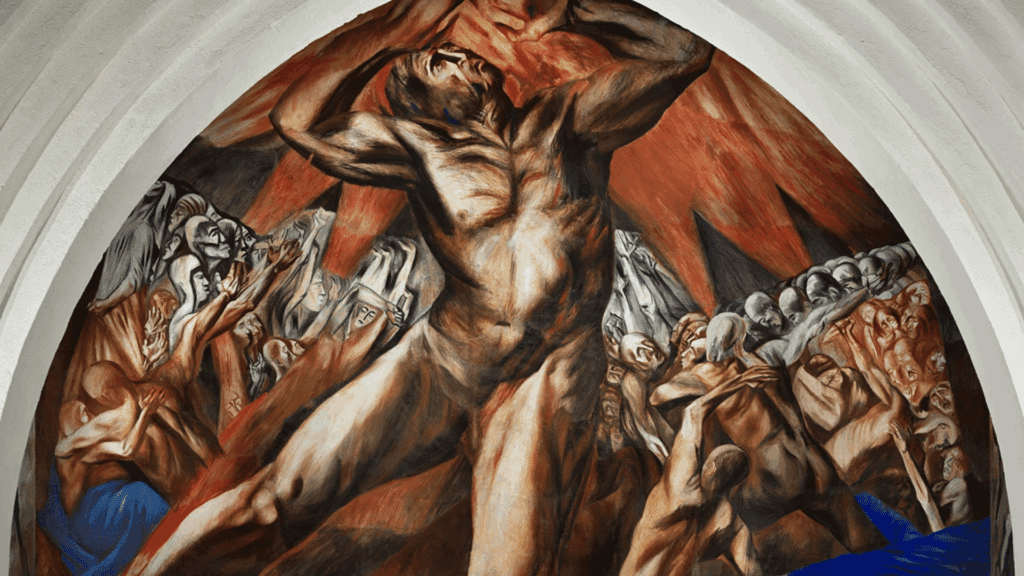
Source: wikipedia.org
In the 20th century, art assumed a significant social role through the development of muralism.
Artists such as Diego Rivera, José Clemente Orozco, and David Alfaro Siqueiros created massive murals that adorned public buildings.
These works told stories of revolution, struggle, and national identity, transforming art into an educational tool for the masses. The movement made Mexican muralism famous worldwide.
Key Forms of Traditional Mexican Art
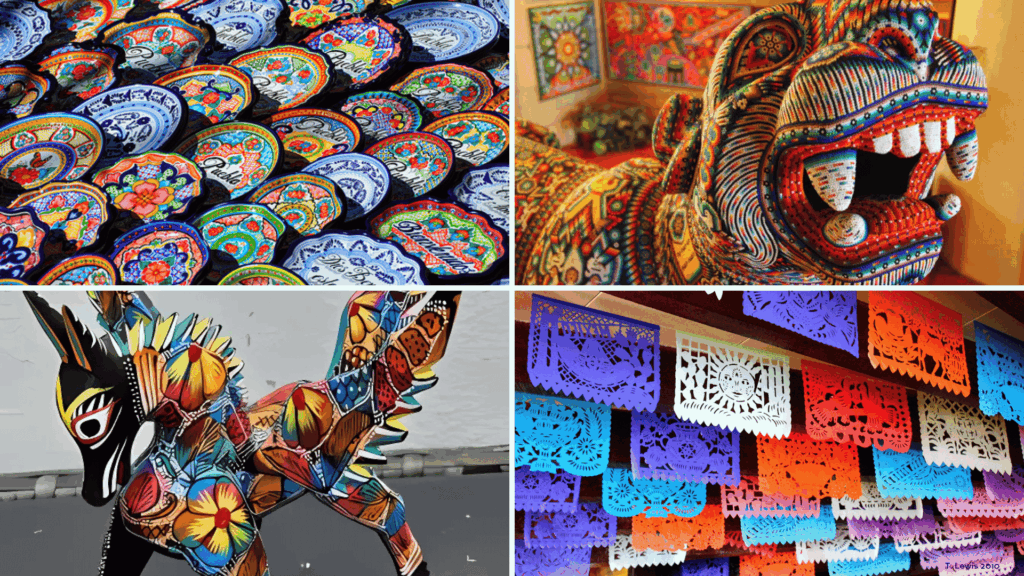
From pottery and textiles to wood carvings and festive papel picado, traditional Mexican art takes many forms. Each craft carries meaning and a story worth exploring.
Talavera Pottery
Talavera pottery comes from Puebla and is famous for its tin-glazed finish and hand-painted blue-and-white designs.
Each piece is crafted by skilled artisans, following traditions that have been passed down for centuries. Plates, tiles, and jars often carry floral or geometric patterns that reflect both Spanish and indigenous influence.
Huichol Yarn and Bead Art
The Huichol people create colorful designs using beads or yarn pressed into wax. These artworks often represent visions from spiritual rituals, featuring symbols such as deer, eagles, and peyote.
Every piece is full of meaning, connecting art to faith and community life.
Oaxacan Wood Carvings (Alebrijes)
Alebrijes are brightly painted wooden figures of fantastical animals, made mostly in Oaxaca.
Each carving is unique, mixing real and imaginary creatures. Beyond their playful look, they carry stories of creativity, folklore, and protection.
Textiles and Embroidery
From Oaxaca’s backstrap weaving to Chiapas’ floral embroidery, textiles play a central role in daily life and special ceremonies. Every region has its own patterns, colors, and techniques.
These textiles often tell stories of the land, family, and local identity.
Papel Picado
Papel picado, or “perforated paper,” is a festive art form in which tissue paper is cut into intricate designs.
These banners decorate streets, altars, and festivals, especially during Día de los Muertos. They symbolize both celebration and the fleeting nature of life.
The Cultural Significance of Mexican Folk Art
Mexican folk art is more than creative expression; it is a living reflection of culture, faith, and identity. Each piece, whether pottery, weaving, or papel picado, carries meaning rooted in tradition.
Many works are tied to celebrations and rituals, such as the colorful altars and sugar skulls created for Día de los Muertos, which honor ancestors with joy rather than sorrow.
Textiles and ceramics often tell stories of local landscapes, daily life, and community values, making them not just decorative but also deeply symbolic.
Folk art also acts as a bridge between generations, passing down skills, stories, and cultural pride.
Even today, artisans keep traditions alive by adapting them to modern tastes, ensuring heritage remains relevant and enduring. Mexican folk art preserves the nation’s soul and inspires people worldwide.
Famous Mexican Artists Who Drew from Tradition
| Artist | Known For | Connection to Tradition |
|---|---|---|
| Diego Rivera | Large-scale murals | Blended indigenous themes and Mexican history to tell stories of the people. |
| Frida Kahlo | Symbolic self-portraits | Drew on folk art, mythology, and indigenous motifs to reflect identity and pain. |
| José Clemente Orozco | Powerful, dramatic murals | Used bold imagery to depict revolution, struggle, and cultural heritage. |
| David Alfaro Siqueiros | Political murals and experimental art | Incorporated Mexican history, traditions, and modern techniques to inspire change. |
| Rufino Tamayo | Modernist paintings with vibrant colors | Combined pre-Hispanic symbols with contemporary style, bridging past and present. |
How Traditional Mexican Art Inspires Today
Traditional Mexican art continues to inspire the modern world by blending history with innovation.
Artists and designers often draw from its bold colors, patterns, and symbolism to create works that feel both evergreen and fresh. The influence extends beyond galleries; it is evident in everyday life and global culture.
- Fashion and Design: Traditional embroidery and textile patterns are incorporated into modern clothing, accessories, and home décor.
- Architecture: Bright tiles, murals, and folk motifs are used to bring warmth and identity into modern spaces.
- Street Art: Contemporary murals borrow from historic themes, keeping storytelling alive on city walls.
- Global Influence: Mexican art inspires international exhibitions, collaborations, and design trends.
By carrying tradition into new spaces, Mexican art proves it is not just heritage but also a source of creativity for today and tomorrow.
The Bottom Line
Traditional Mexican art serves as a poignant reminder that heritage is not frozen in time, but rather continues to shape how people perceive and celebrate culture today.
From ancient carvings to colorful folk crafts, from murals that speak of revolution to textiles that carry local stories, every piece reflects resilience and creativity.
Its richness lies not only in its beauty but in the way it connects generations and communities, keeping traditions alive in modern life.
For anyone seeking to understand Mexico more deeply, exploring its art is an invitation to witness history, identity, and imagination woven together in ways that never lose their meaning.

